Cornelius Cruys. The half-forgotten creator of the Russian Navy
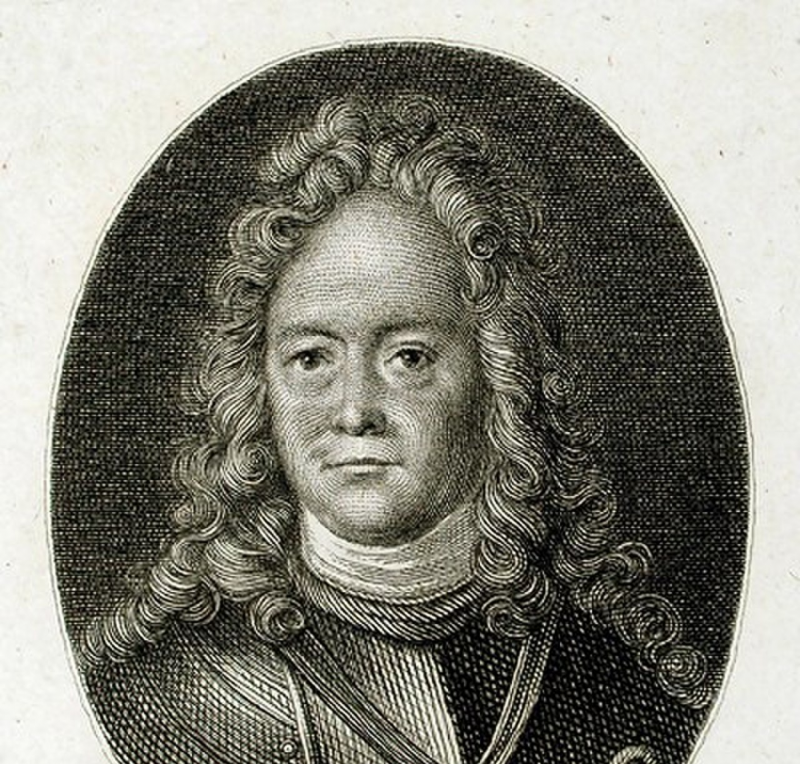
In a series of articles devoted to the ten-year reign of Anna Ioannovna, we have already talked about the "Germans" who served at that time in Russia. Cornelius Kruys was also briefly mentioned (sometimes he is also called Kreutz or Kreis). However, this man, perhaps, deserves a separate article: after all, he became one of the founders of the naval fleet of our country, but was lost against the background of other figures better known to the general public.
The origin and early years of the life of Cornelius Kruys
The hero of today's article is often called a Dutchman, but he was born on June 14, 1657 in the Norwegian port city of Stavanger and received the name Niels at baptism, his real name is Olsen (in another version - Olsen). He became Cornelius Kruys after he entered the naval service in Holland. And in Russia his name was Korney Ivanovich.
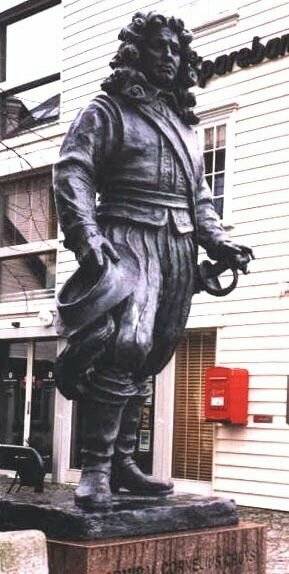
The boy's father worked as a tailor, he even had an apprentice, but this family, in which six children (two girls and four boys) grew up, could not be called especially prosperous. The boy we are interested in was born to this couple two years before the official marriage. Therefore, in order to avoid gossip, they decided to shift the date of his birth by two years, thereby reducing the age.
After the death of his father in November 1668, the financial situation of his widow and children deteriorated significantly. Therefore, the future admiral at the age of 14 was forced to get a job as a cabin boy on a Dutch merchant ship. For 12 years, he sailed on nine different ships, managed to visit three parts of the world - Europe, Asia and America. During the Second Anglo-Dutch War in 1672-1673. served as a sailor on a Dutch warship. No special reliable details about this period of Cruys's life are known. However, in one of the later letters, Kruys informs the addressee that he served six monarchs and three republics.
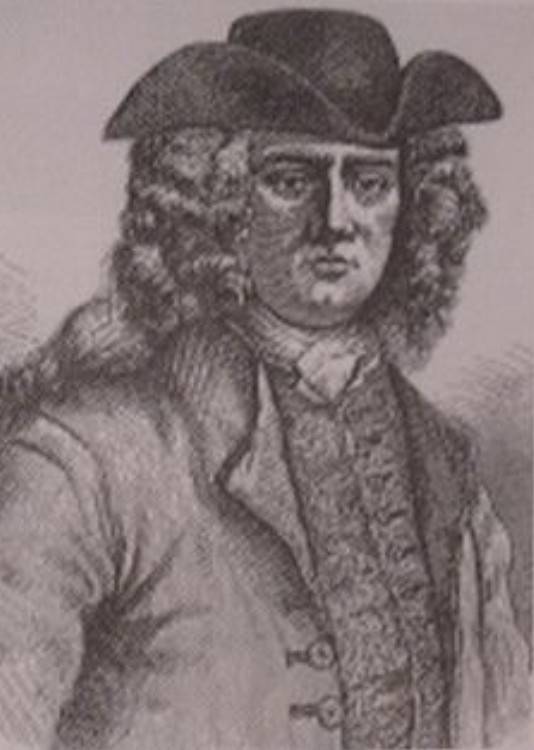
Only in 1680 does the name of Cruys appear in documents: at that time he was the captain of the merchant ship Africa, which sailed from Dutch ports to Lisbon for sugar, fruit and salt.
In 1681, Kruys married the merchant's daughter Katharina Foogt. His wife bore him five children, two of whom died in childhood. One of Kruys's sons, Jan, served in the Russian Navy under his father's command.
Not a very successful privateer career
In addition to trade, Kruys "earned money" by sea robbery, but not as a pirate, but as a privateer (privateer). Unlike corsairs, privateers were quite respectable people, even patriots, who (albeit not without benefit for themselves) help their country during another war, disrupting enemy communications. The pirates were "outrageous", attacking everyone they expected to defeat. Privateers undertook to attack only the ships of the state that was at war with their country. Pirates who were taken prisoner were hanged quickly and "by the neck." Privateers were considered prisoners of war.
It is known that in 1689, returning to Holland from Cuba, Kruys captured a French merchant ship that sailed from Santo Domingo. But two years later, the ship of Kruys on the way from Spain to the Netherlands was captured by French privateers. For six months, Kruys was in the Brest prison, but he managed to contact his mother, who sent documents proving that her son was a Norwegian, that is, a subject of Denmark, not Holland (Norway was then part of the Kingdom of Denmark). Since there was no war between France and Denmark at that moment, Kruys was released from prison and even the ship was returned.
In the next three years, Kruys sailed from Amsterdam to Cadiz, delivering Dutch cheese to Spain. Curiously, 5 cats were kept on board to protect this product from rats.
Civil servant Cornelius Kruys
In 1696, Kruys got a job in the Amsterdam Admiralty, receiving the post of non-commissioned crewmaster. He oversaw the construction, equipment and armament of warships. The service was associated with financial responsibility, and in 1697 Cruys was even accused of a shortage, as well as loading poor-quality products onto one of the ships. But everything worked out, but the war between the Netherlands and France ended. A real threat of dismissal "due to redundancy" loomed over Case.
It was then, in November 1697, the mayor of Amsterdam, Nikolaas Witsen, informed Kruys about the possibility of entering the Russian service: Peter I, who was in the Netherlands as part of the Great Embassy, was looking for experienced people to build a fleet. In fact, he hoped to hire the authoritative Dutch vice-admiral Gill Schhey, but he did not show interest, but advised him to pay attention to Cornelius Kruys.
Kruys also did not immediately decide to accept Peter's offer, but on April 9, 1698, he nevertheless signed the contract. The terms of the contract were extremely favorable for him. Kruys received the rank of vice admiral, an annual salary of 3 efimki (600 thousand guilders), and half of the annual salary was given to him immediately - in the form of an advance. During their stay on the shore, Kruysu was separately relied on "feed money". He also had to receive three percent of the value of the captured booty (except for ships and guns).
Having signed a contract for four years, he had the right to return to Holland after three. The new vice admiral was entitled to a whole staff of employees: a personal translator, a secretary, a Lutheran priest, from 5 to 6 attendants. In addition, Peter I promised to ransom Kruys if he was captured.
Back in Holland, Kruys drew up a charter for persons entering the Russian service, which was approved by Peter I, and in 1710 it was published under the title "Instructions and Military Articles for the Russian Navy." These rules were in effect until 1720, when the Complete Naval Charter was issued. For deviation from the points of his Charter (there were 63 in total), Kruys prescribed unusually cruel punishments - up to and including keeling (dragging under the keel), cutting off the guilty hand (or nailing it to the mast) and the death penalty.
Ironically, Cruys himself was sentenced to death in 1713, on the basis of his charter, for unsuccessfully pursuing enemy ships. However, the sentence was not carried out, and later Kruys was pardoned altogether.
In addition, even before the signing of the contract, Kruys began to assist Russian agents in the selection of personnel. On his recommendation, Captain Rez was accepted into the Russian service, who received the rank of shautbenacht (rear admiral), 5 captains and 23 commanders, 36 lieutenants, 17 navigators, 15 navigators, 34 boatswain, 32 boatswain, 17 constapels, 354 sailors and 51 doctors. All these persons arrived in Russia in June 1698. Together with the naval ranks, up to 50 craftsmen were hired.
In total, then about 1698 people sailed to Russia in June 600, they reached Arkhangelsk in August. A month later, Kruys arrived in Moscow.
How was he remembered in Holland and in Russia? People who knew Kruys claimed that he was tall and of a large build. There were purple birthmarks around his eyes on his face. As can be seen in this portrait, the spot on the right was much larger.
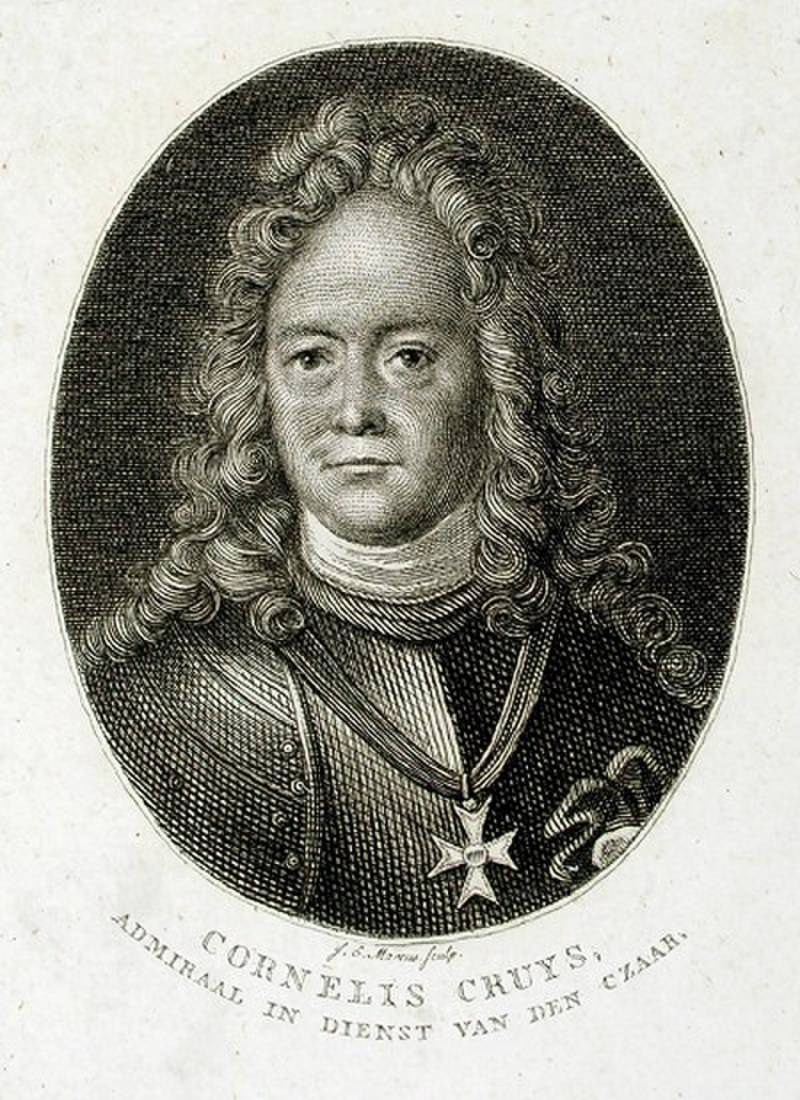
Many spoke about his fairness, honesty and responsiveness, as well as his high competence in maritime affairs. And the Dutch historian De Jong argued that the departure of Kruys to Russia was a great loss for his country.
Cornelius Kruys in Russian service
In March 1699, Franz Lefort, who headed the Russian naval department, died. He was replaced in this post by Fedor Alekseevich Golovin, who had the most distant idea of the fleet and maritime affairs. The true head of this department was his deputy - Cornelius Kruys. Golovin, on the other hand, spoke of his deputy in letters to Peter I:
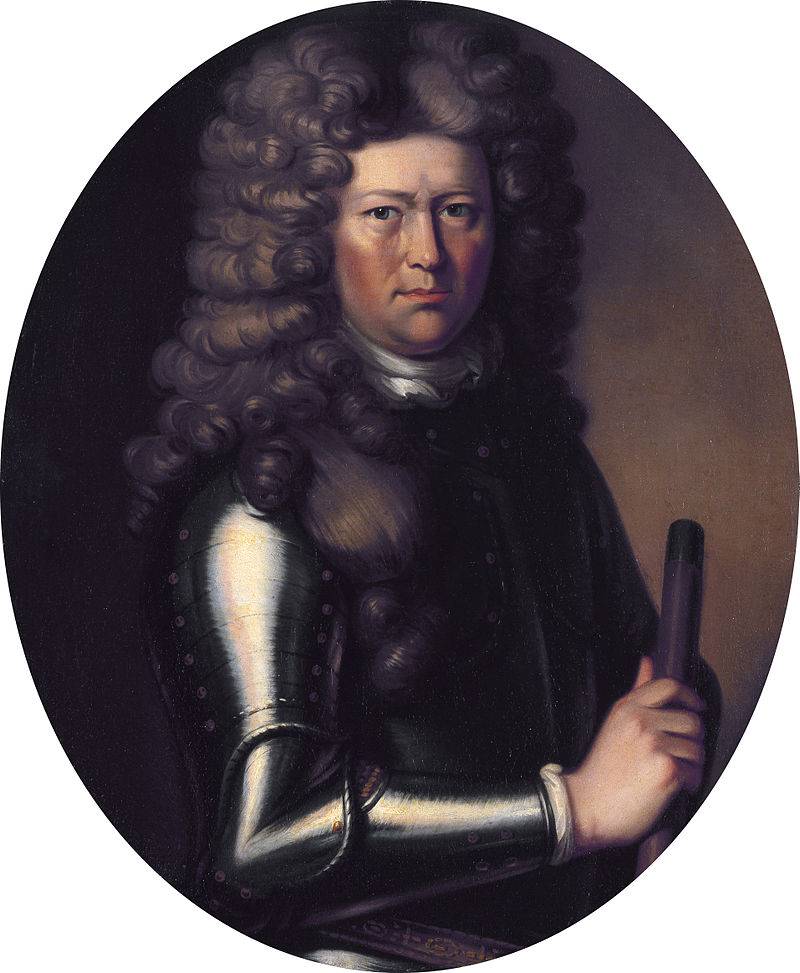
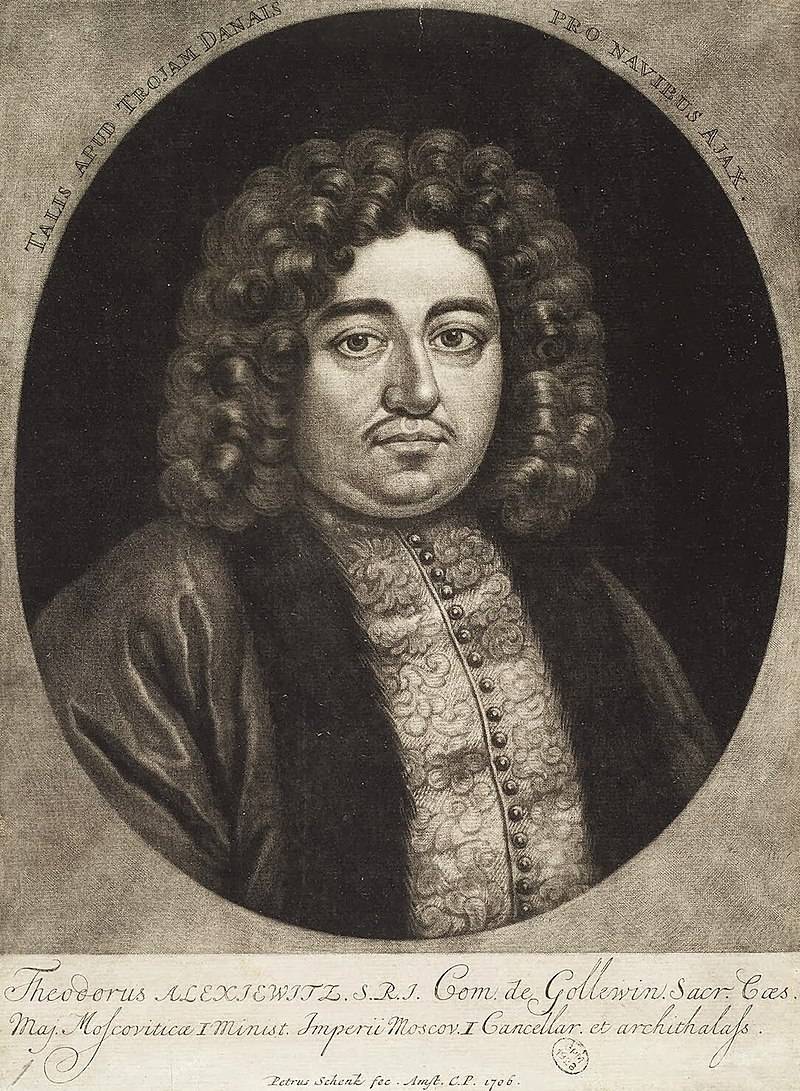
At the end of October 1698, Cornelius Kruys arrived in Voronezh.
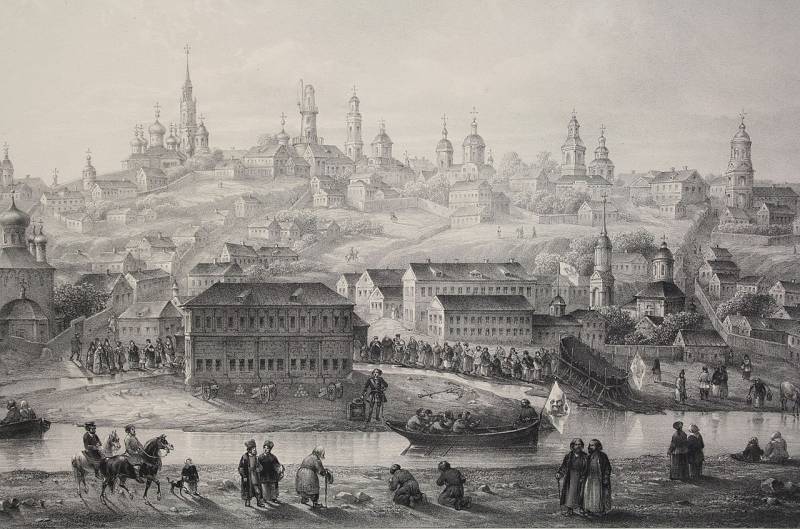
He began by drawing up two instructions (paintings) on all the items necessary for supplying and arming ships. It was these "Paintings" that became the basis of Russian marine terminology.
In the spring of 1699, under the leadership of Kruys, 58 warships were repaired and 60 new ones were laid down. In addition, it was he who made the first draft drawings of the first Russian 58-gun battleship "Goto Predestination" ("God's Prevision"), and then supervised its construction.
In the same 1699, Kruys became one of the organizers and leaders of the campaign of Peter I across the Don and the Sea of Azov to Kerch with the aim of delivering E. I. Ukraintsev there, who was on his way to Constantinople on a diplomatic mission. This expedition was described by Kruys in the Journal of Kruys during the move from Moscow to Voronezh, to Azov, Taganrog, Kerch and back to Azov, which included descriptions of the Don River with 14 maps and a map of the Sea of Azov. In 1703 this atlas was published in Amsterdam in Russian and Dutch.
Besides this geographical work, Kruys wrote historical essay on the Don River, the Sea of Azov, Voronezh and Azov. About the Don Cossacks, for example, he left the following testimony:
And in 1700, Kruys became the commander of the ship fleet of the “Order of Admiralty Affairs”, created instead of the “Judgment Order” that existed before. And the galley fleet was headed by a native of Dalmatia, Shautbenacht (Rear Admiral) Count Botsis. Both were subordinate to Golovin, and from 1706 to Admiral F. M. Apraksin.
Kruys continued his service in Voronezh and often made inspection trips to Taganrog (where the embankment is now named after him). Then in March 1702 he was transferred to Arkhangelsk with the task of leading the work to strengthen the city and create a White Sea flotilla.
Russian agent in Holland
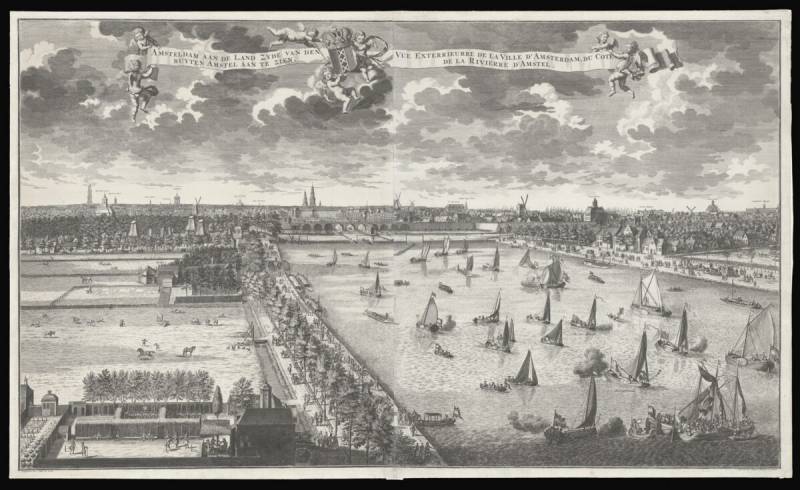
Already in the autumn of the same 1702, Kruys was sent to Holland to recruit a new group of specialists needed by Russia, as well as to purchase ships. In addition, he had to get permission from the Amsterdam Admiralty to train on the ships of the Dutch fleet 150 teenagers who arrived with him. At the same time, the Atlas of the Don River by Kruys, which we spoke about above, was published here.
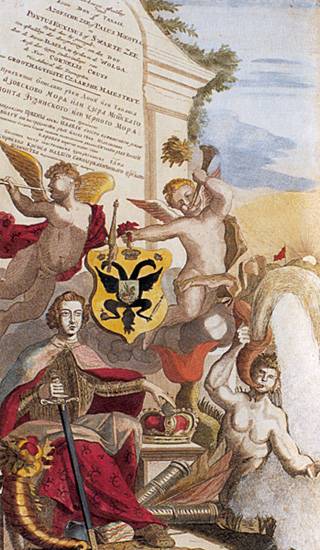
With the definition on the ships of the young people who arrived with him, great difficulties arose. Firstly, they arrived in late autumn, when the crews of almost all ships were completed for the winter voyage. In addition, most of the potential students were too young to be accepted on the ships.
It must be said that Kruys did not leave them to the mercy of fate, and with the help of an old acquaintance, burgomaster Nikolaas Witsen, who was also one of the leaders of the Dutch East India Company, he managed to arrange the oldest of these young men on East Indian or whaling ships. . Most of the rest became apprentices to blacksmiths, carpenters, tailors and other craftsmen. The youngest (33 people) were sent by Kruys to local schools, and the training was carried out at his own expense. He wrote about them to Peter I:
The consent of the Russian monarch was received.
With the recruitment of sailors, too, great difficulties arose, since the Netherlands participated in the War of the Spanish Succession, and therefore at that time there was a shortage of qualified sailors in the country. Many of those who still wanted to enter the Russian service did not suit Kruys himself. And therefore, he hired some of the people at home - in Norway (already on the way back). Nevertheless, he still managed to send 1703 people to Russia in 450, some with their families (there were 190 women and children in this party). And at the end of 1704, another 177 specialists arrived with Kruys himself. And there were some very famous people among them.
First of all, this is the Dane Vitus Jonassen Bering, who led the First (1725–1730) and Second (1733–1741) Kamchatka expeditions.
Norwegian Peter Bredal started as a non-commissioned lieutenant of the rowing fleet and rose to the rank of vice admiral, was the chief commander of the Revel, then Arkhangelsk ports. From 1735 to 1739 he commanded the Don Flotilla, was the chief of the Taurus Admiralty.
Peter Sievers in Russia became a vice admiral and served as a squadron commander of the Baltic Fleet and vice president of the Admiralty College.
Weibrant Shelting became Rear Admiral and founder of a dynasty of Russian naval officers.
In addition, it was with Kruys (as his secretary) that the future Vice-Chancellor Heinrich Johann Osterman, who also held the post of Admiral General of the Russian Empire, arrived in Russia. And his son, Johann Osterman, became chancellor of the empire.
Cornelius Kruys in the Baltic
In 1705, Kruys was entrusted with the formation of the Baltic Fleet. True to his principles, he first of all wrote detailed instructions for his subordinates - from the distribution of commands to ships to the supply of ships and the allowance of their crews.
The fleet, headed by Kruys, stood at the island of Kotlin, where in 1706 the construction of Kronshlot was begun. The squadron's flagship was the 24-gun ship Defam. One of the six 12-gun shnyavs was commanded by the son of Kruys, Jan. In total, 22 ships were subordinate to the Norwegian: eight 24-gun ships, six 12-gun ships, six galleys and two firewalls.
In addition to the ships, under the command of Kruys were the ground units located on the island, his son led the construction of a battery named after him - St. Jan or simply Ivanovskaya. The significance of Kotlin was that if it were captured, the Swedes would block the mouth of the Neva. The squadron of Admiral Ankerstern (7 battleships, 6 frigates and several small ships) from June 4 to July 15, 1705 three times clashed with the Russian fleet and twice tried to land troops on the island, but did not achieve success.
In 1708, Kruys participated in repulsing the Swedish attack on St. Petersburg from Tosno: he managed to block the Neva with old ships and conduct a disinformation operation, slipping information to the enemy commander, Major General Georg Lubeker, about the approach of the 40th Russian army. Lubeker hastily retreated to the sea, and most of his army, left without command, surrendered.
Return to Azov
In October 1710, Kruys received an order to go to Voronezh, and on November 20 a new war with Turkey began. On May 1, 1711, Kruys arrived in Taganrog, where he received the post of commander of the fleet and the Trinity fortress of this city. General management was carried out by F. M. Apraksin. The Russians were opposed by a whole fleet of 18 battleships, 21 galleys, 100 flat-bottomed ships, 100 galliots and 120 boats. The enemy expeditionary army numbered up to 70 thousand people. Kruys had only 4 battleships, 3 shnyavs, 2 brigantines, galleys and tartans, a certain number of scampaways and kach, about 100 Cossack boats.
Among others, he had captains Bering, Bredal and Shelting who arrived with him. The crews of the ships consisted of two-thirds of the soldiers. Despite the clear advantage, the Turkish commander-in-chief acted indecisively and, after an unsuccessful landing attempt on July 22, withdrew from Taganrog. However, this city, like Azov, had to be abandoned after the unsuccessful Prut campaign of Peter I. The ships of the Azov squadron were burned, Kruys returned to St. Petersburg, where he was instructed to lead the construction work in Kronstadt.
He enjoyed such respect that in 1712 at the wedding of Peter I and Catherine he took the "father's place", and his wife - the "mother's place".
Failures in the Baltic
On July 10, 1713, the Kruys squadron pursued three Swedish ships, but two Russian ships, the Riga (on which Kruys was located) and the Vyborg, ran into pitfalls. The rest of the ships had a real chance to catch up with the Swedes and board them, but Kruys ordered to stop the chase. The ship "Riga" on July 12 managed to be refloated, "Vyborg" had to be burned. Kruys was put on trial, in which, among others, Peter I, Apraksin and Menshikov took part.
In January 1714, the disgraced Norwegian was sentenced to death, which was replaced by deprivation of all ranks and exile to Kazan. But in March 1715, Kruys was forgiven and was able to return to St. Petersburg. In his former rank, he continued to serve in the Admiralty, but was already engaged only in coastal institutions.
The last years of the life of Cornelius Kruys
At the beginning of 1716, Kruys, with the rank of quartermaster general, managed the Moscow sailing factory, Izhora saw mills and coal plants. In December 1717 he became president of the Admiralty College. In 1721 he was promoted to full admiral.
Peter I again demonstrated confidence in him: and at the celebration in honor of his first boat (“grandfather of the Russian fleet”), the emperor was the helmsman on this boat, the rowers were Menshikov and Kruys.
Cornelius Kruys died on his birthday - June 4, 1727, when he was exactly 70 years old. He bequeathed to bury his body in Amsterdam, which was done.
Information